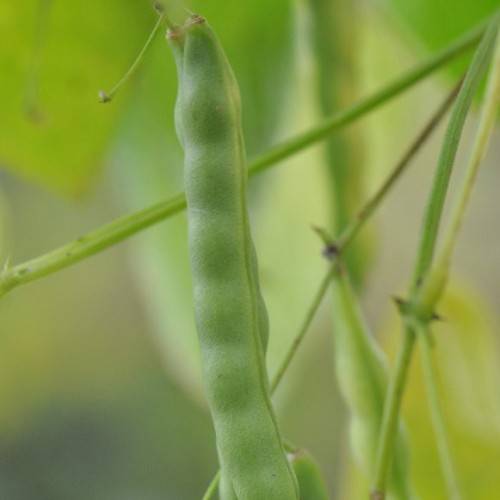
bean
Phaseolus vulgaris
Also Known As - black bean,kidney bean,pinto bean,French beanCycle:
Annual
Watering:
Average
Hardiness Zone:
2 - 11
Flowers:
Flowers
Sun:
full sun
Fruits:
Fruits In Summer Ready In
Leaf:
Yes
Growth Rate:
High
Maintenance:
Moderate
Drought Tolerant:
Yes
Salt Tolerant:
Yes
Care Level:
Medium
watering
Beans should be watered regularly but not too heavily. During the growing season, they should be given a deep drink every 5 to 7 days. If the soil is consistently damp, reduce watering to once every 10 days. Potted bean plants will need more frequent waterings; daily or every other day when the soil is dry to the touch. During dry periods, the soil may require supplementation with 1 to 2 inches of water per week for plants located in the ground. Once the beans have flowered or produced pods, decrease the frequency of watering to avoid root rot.
sunlight
Bean (Phaseolus vulgaris) requires approximately 6-8 hours of direct sunlight per day. Sunlight needs to be provided in the morning and afternoon hours of the day, as beans do best when exposed to the sun during its peak times. Providing too much or too little light can cause the bean plant to suffer, so it's important not to overexpose or underexpose it.
pruning
Bean plants (Phaseolus vulgaris) should be pruned at least twice during the growing season. The first pruning should be done once the plant has reached 8-10 inches. This will get rid of any dead or damaged stems and promote new growth. The second pruning should be done when the plant has reached 30-36 inches. This pruning should be focused on encouraging bushier, more compact growth. Additionally, any dead or damaged stems should be removed. Pruning should be done with clean and sharp pruning shears to reduce the chances of disease and infection.
